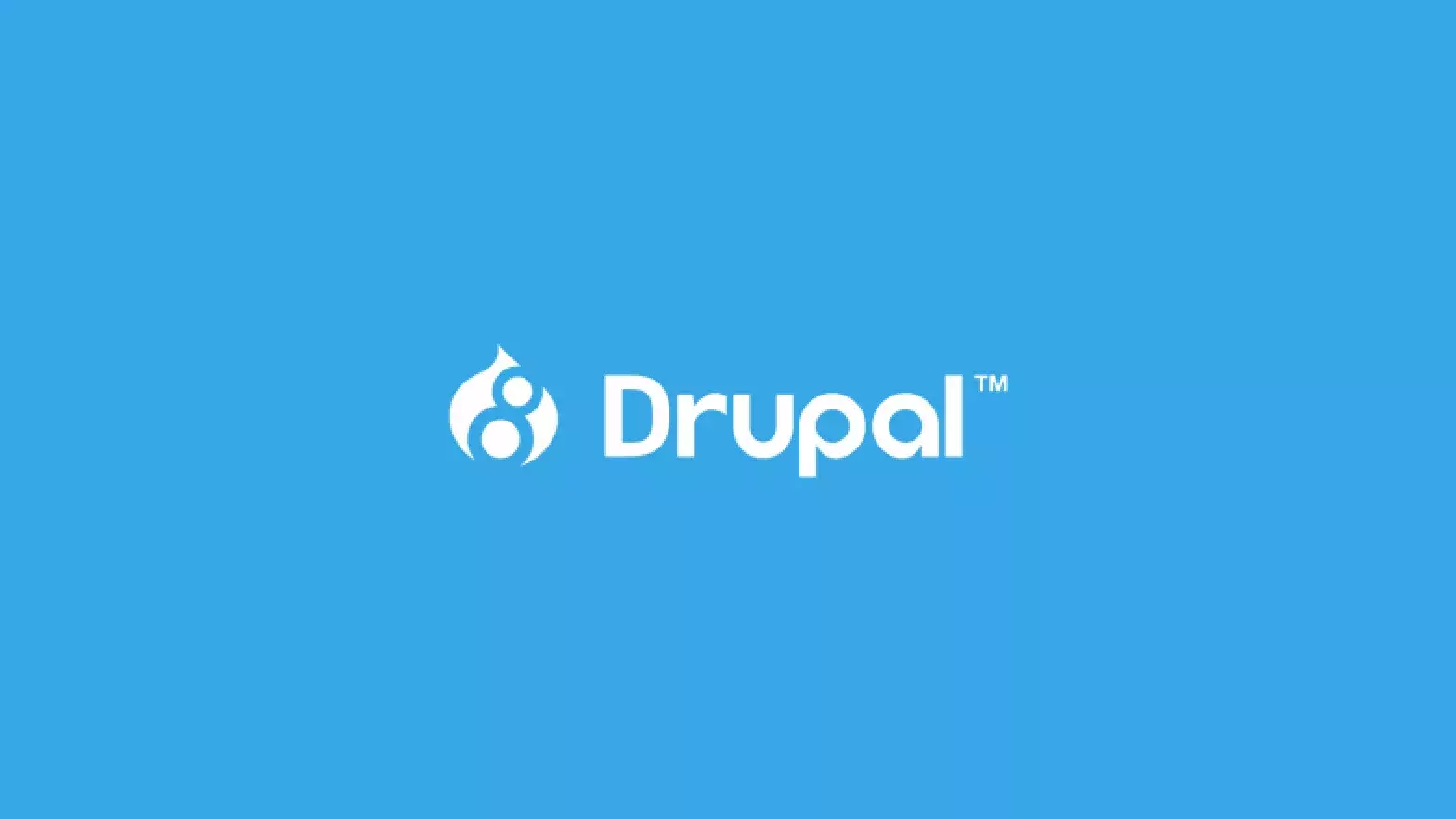Subscribe To Our NewsLetter
Share This Post:
What is Drupal?
The open source content management system or framework Drupal is written in the PHP language. Drupal makes the framework of approximately 2.2% of all the websites in the world. It is considered one of the best content management systems. The Drupal web framework is used for creating business websites, and also the public/government and political websites, blogs and other kind of websites. The Drupal community has more than 1.3 million worldwide members. More than 109,000 community members actively contribute towards improving Drupal and as a result, there are around 39,500 free of cost Drupal modules available.
Step by Step Guide to Drupal
Get a domain name
You need a domain name for your website first. The domain name is one of the most important website characteristics as it affects the SEO or Search Engine Optimization, can define the brand and is also the first impression that the website creates on the web visitors.
Choose a web hosting service
The web hosting service will host your website on the internet. It is important that the host loads the pages at a speed greater than 850 ms. The uptime should be 99.9% and the price of web hosting service should be affordable for you.
Download Drupal and install it on your PC
You can download the latest version of Drupal, that is Drupal 7, from the parent website of the organization drupal.org.
Choose a title
Now you can start building your website. Go to the setting “Configuration” and “Site Information”. You can enter the website name within the “site name” field.
Choose an attractive theme
You may want to switch over to a new and more attractive theme. You will find a number of website themes within the appearance category. Here you will find more than 2300 themes from which you can make a choice.
Add the modules
You can have a number of modules for your Drupal website. The parent website of Drupal provides for their easy downloading and installation of the modules. Some of the important modules include the Admin Menu module, IMCE module (provides for the addition of images to posts), Path auto module (helps you make good URLs), and others. A sidebar having blocks is important is as it helps you track many different activities related to the website. These content boxes are displayed in the footer, header, and sidebar among other website page regions. They will give you information about who is online, a user log in and others. They can be found within the structure blocks section.
Add information to the “About Me” page
The “About Me” page helps the web visitors learn more about you and your website. Go to “content”, “add content” and subsequently “basic page” section. Type the title name as “About Me” and put in all relevant information within the body section. You can add here information including who is the audience of the website, what information does it provide, what purpose does the website serves, a bio of your business and yourself, and can also include CTA or call-to-action.
In a Nutshell
Drupal websites are highly customizable and the Drupal software is completely free of cost. As Drupal is not very resourcing intensive it does not require high expenses towards hosting. The more you spend time with your website the more interested you will be in it and the better command you will have towards administering it. LN Webworks is a leading digital service provider in India and specializes in areas including Web Development (Drupal, WordPress, and Joomla) and in other areas including Quality Assurance.
HIRE US!!
Share This Post:
Author Information

LN Webworks
Your Drupal Solution PartnerLN Webworks have championed open-source technologies for nearly a decade, bringing advanced engineering capabilities and agile practices to some of the biggest names across media, entertainment, education, travel, hospitality, telecommunications and other industries.
